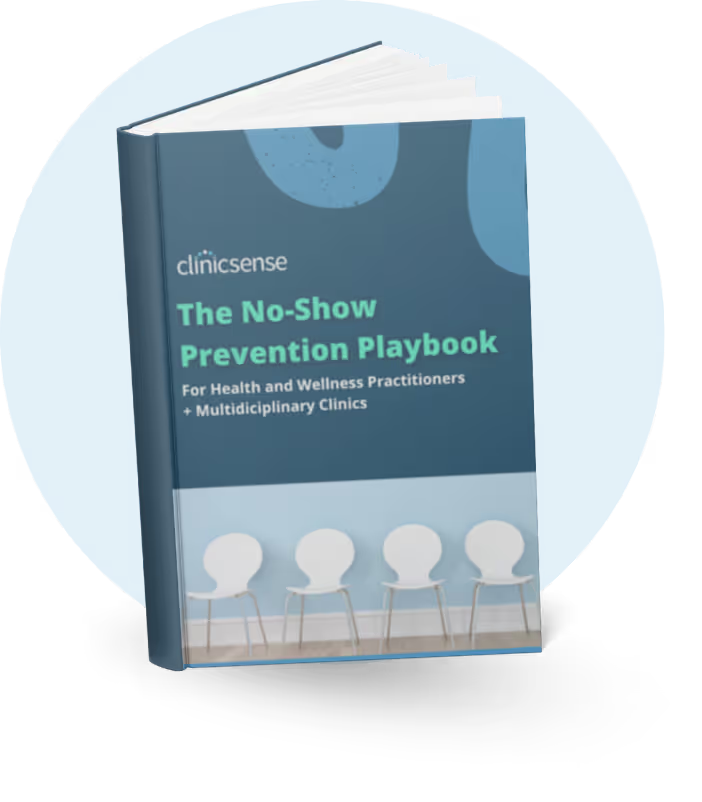Physical Therapy Business Tips
September 5, 2023

Exploring different types of physical therapy is a good way to grow as a therapist. Specializing in a specific type of therapy can help grow your practice. But how do you choose? Do you choose the highest paying specialty or the one you’re most passionate about? Our hypothesis is when you choose what you’re most passionate about, the money will follow. Let’s explore your options.
Expand your physical therapy business by diversifying your services. Offer specialized forms of PT such as orthopedic, neurological, geriatric, or sports physical therapy. Catering to a broader range of needs helps attract a wider client base and spurs business growth. Also, some specialists can charge more for their services too.
There are many ways to grow your business depending on your PT business model. Let’s take a look at different types of physical therapy you can offer to increase revenue.

Physical therapy encompasses a wide range of specialized fields to help patients recover or improve their physical abilities, including these types:
Orthopedic physical therapy focuses on the treatment of musculoskeletal injuries and disorders, encompassing the muscles, bones, joints, tendons, and ligaments. It aids in improving mobility, relieving pain, and restoring physical function, often following injuries or surgery.
Physical therapy is a broad field treating a wide range of physical impairments. Orthopedic therapy is a specialization within physical therapy, specifically addressing conditions of the musculoskeletal system, such as injuries, surgeries, and chronic diseases like arthritis.
Neurological physical therapy specializes in treating patients with neurological disorders such as stroke, multiple sclerosis, Parkinson's disease, and spinal cord injuries. Its focus is on improving motor function, balance, mobility, and the quality of life for those dealing with neurological issues.
Neurological physiotherapy, or neurorehabilitation, focuses on treating conditions related to the nervous system. Here are some common neurological conditions treated by physiotherapy:
Geriatric physical therapy is designed for older adults, addressing the unique physical challenges they face like arthritis, osteoporosis, balance disorders, and post-operative rehabilitation. It aims to improve mobility, reduce pain, and enhance overall physical function and quality of life.
Physical therapy in geriatrics is crucial for promoting independence, managing chronic conditions, and preventing falls. It aids in pain management, accelerates recovery from illness or surgery, and significantly enhances quality of life. It's a vital tool for maintaining mobility and health in older adults.
Cardiovascular and Pulmonary Rehabilitation is a specialized form of physical therapy for patients with heart or lung disorders, or those recovering from cardiac or pulmonary surgery. The goal is to improve cardiovascular fitness, lung capacity, endurance, and overall functional independence, enhancing quality of life.
Pulmonary rehabilitation is recommended for patients diagnosed with chronic respiratory diseases, such as COPD, pulmonary fibrosis, or cystic fibrosis, which impact their daily activities and quality of life. It is also beneficial post-surgery or during recovery from acute lung issues.
Pediatric physical therapy focuses on the unique needs of infants, children, and adolescents. It addresses developmental, neuromuscular, congenital, or acquired disorders and diseases, aiming to improve mobility, strength, coordination, and overall functional abilities, while supporting optimal growth and development.
Pediatric physical therapists need excellent communication and observational skills to interact effectively with children and assess their needs. They should also possess creativity to make therapy engaging, patience to deal with varying progress rates, and knowledge of child development and therapeutic techniques.

Vestibular rehabilitation is a specialized form of physical therapy designed to alleviate symptoms of vestibular disorders, including dizziness, vertigo, and balance problems. It uses a range of exercises and manual techniques to improve stability, reduce fall risk, and enhance a patient's quality of life.
Success rates of vestibular rehabilitation vary based on the underlying condition and symptom presentation. Although complete recovery rates are higher for BPPV, about 80% of patients experience symptom reduction. Success hinges on accurate diagnosis, patient adherence to prescribed exercises, and a structured, progressive exercise program.
Women's Health Physical Therapy focuses on conditions specific to women across their lifespan, including pregnancy and postpartum care, pelvic floor dysfunction, breast cancer rehabilitation, and osteoporosis. The aim is to improve function, manage pain, and enhance wellbeing by addressing these unique health considerations.
Pelvic floor therapy is a specialized form of physical therapy that focuses on treating dysfunctions in the pelvic floor muscles. These issues can lead to incontinence, discomfort, or pelvic pain. Therapy involves exercises and techniques tailored to strengthen and retrain these muscles.
Sports physical therapy is a specialized branch focused on prevention, evaluation, treatment, and rehabilitation of injuries in athletes. It aims to enhance performance, promote safe participation in sports, facilitate recovery, and reduce the risk of re-injury, allowing athletes to return to their desired level of activity.
While both professions promote functional recovery, a physical therapist provides general rehabilitative care for various conditions and populations. A sports therapist, on the other hand, specializes in sports-related injuries, performance enhancement, and injury prevention, catering specifically to athletes and active individuals
Acute Care Physical Therapy is typically provided in a hospital setting to patients with a wide array of conditions, often following surgery or a sudden health crisis. Its primary goal is to stabilize the patient, maximize mobility and independence, and facilitate a safe transition to the next phase of recovery.
Acute care patients are typically those with sudden and severe health conditions needing immediate attention. Examples include individuals who have experienced a stroke, heart attack, severe injury from an accident, undergone major surgery, or are suffering from acute exacerbations of chronic diseases.
Physical therapists specializing in niche areas like sports, orthopedic, or neurological therapy often earn more due to additional certifications. Those in home health care or managerial roles may also have higher earnings, though salary can vary by location and experience.
Enhance your earnings as a physical therapist by specializing in high-demand areas, pursuing advanced certifications, and optimizing your practice management. Utilizing physical therapy software can streamline administrative tasks, improve patient outcomes, and ultimately boost your profitability.
ClinicSense is one of the best software options for physical therapists running a private practice or busy clinic. It can lower overhead by eliminating the need for administrative staff, increase therapist productivity by streamlining charting and intake processes, and boost revenue by automating scheduling and marketing.
These ClinicSense features make physical therapy businesses more efficient and profitable:
ClinicSense can help you expand your business, no matter what type of physical therapy you offer. Start your free trial today!


.avif)
.avif)
.avif)









For 14 days